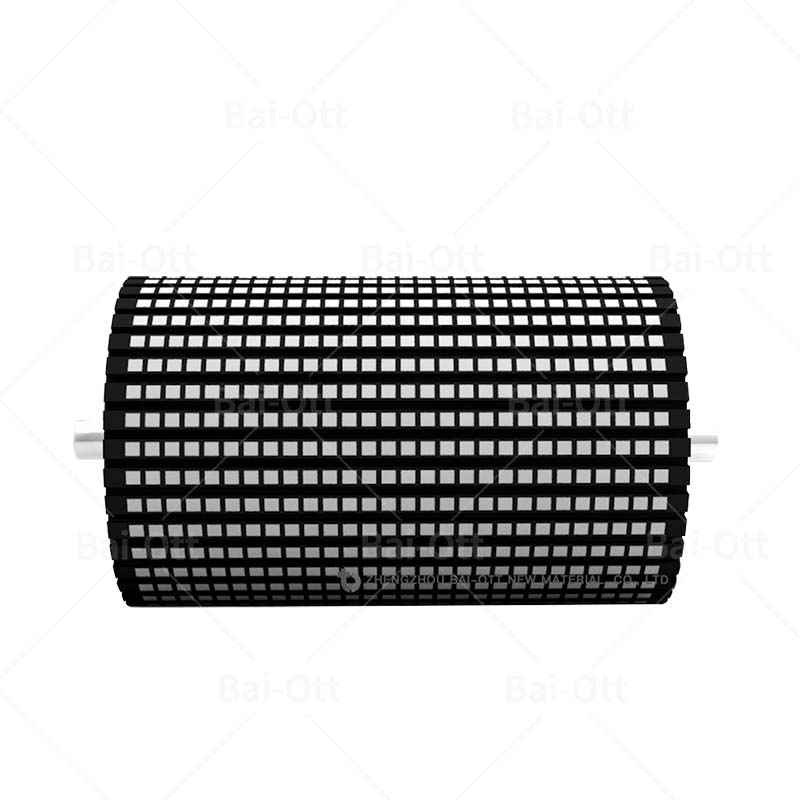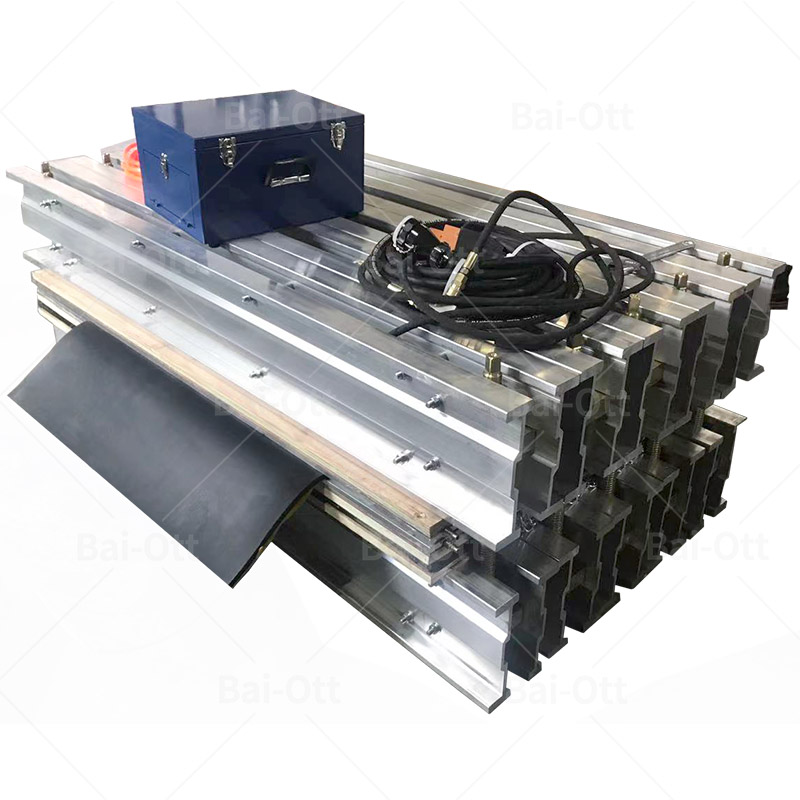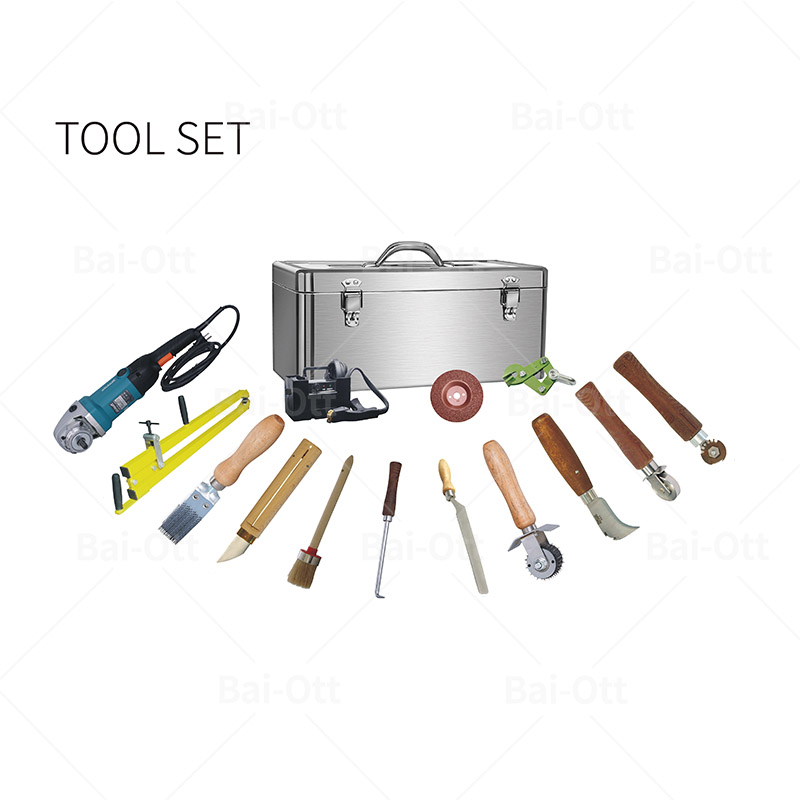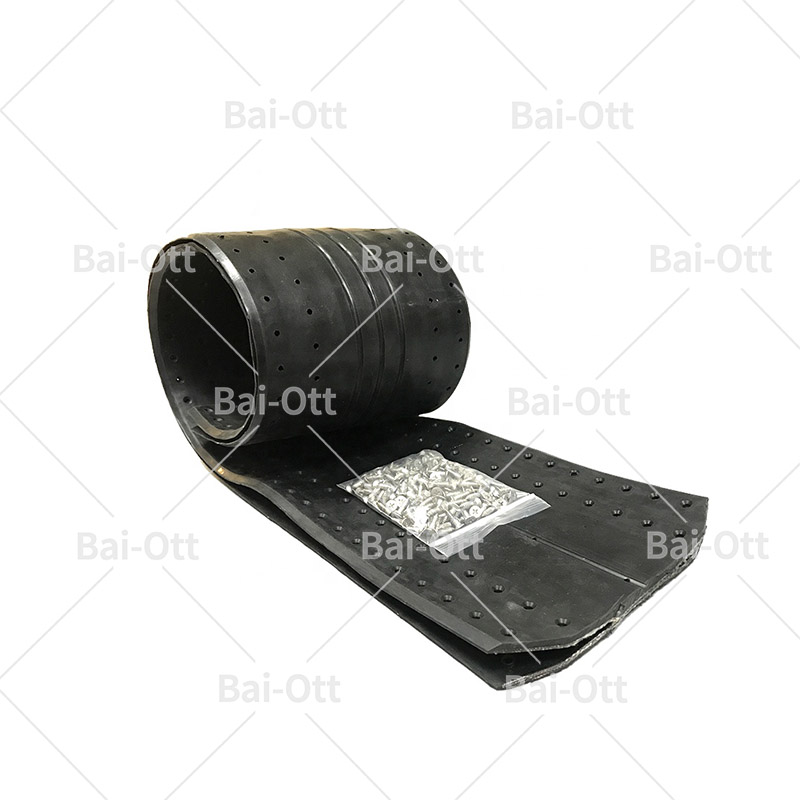Impact Bed VS Buffer Idler
With the wide application of buffer bed in mining, power plant, cement plant, coal washing plant and other industries, the advantages of buffer bed have been recognized by major industries. However, the actual customers often purchase the buffer bed through the matching procurement of buffer bed and belt conveyor or through their respective suppliers to improve the quality, performance The design concept and other technical requirements are only conceptual for most suppliers. At the same time, many conveying machinery plants only blindly refer to the design in order to reduce the cost because they have certain equipment design experience and do not conduct relevant mechanical analysis. The result is that the actual design of the buffer bed can not meet the actual needs of customers, In severe cases, the buffer bed will be damaged in some places due to the excessive impact of materials. They do not understand the real meaning of the "triple buffer" in the design of the buffer bed, and the consequence is that the design and use of the buffer bed can not meet the actual needs of customers.
The design and manufacturing of the buffer bed involves disciplines such as mechanics and engineering machinery manufacturing. Although many conveying machinery plants have experience in engineering design, they do not have relevant experience in the design and application of the impact bed. In order to reduce costs, many customers only purchase buffer strips and design their own buffer beds for processing and production, However, their design can not really meet the actual needs of customers from the perspective of actual use, and the buffer bed design should fully consider the special design according to the working conditions and stress analysis of the blanking points used by the actual customers. Bai-Ott's buffer bed design concept adopts different design schemes for the blanking points in different areas and different conditions, Bai-Ott rubber has long cooperated with international companies, engaged in the R & D, design and manufacturing of buffer bed earlier, has systematic design scheme and relevant experience, and has encountered many problems in the process. In order to help users solve the problems encountered in the process of designing and using buffer bed, We will analyze the reasons why the buffer bed replaces the buffer supporting wheel and the advantages of the buffer bed to help customers understand and analyze the reasons.
【1】 Hidden danger of belt tearing caused by buffer support mixing quality
Although our country has relevant national standards for buffer supporting wheels, different suppliers adopt different technical standards and different quality levels, which affect the use effect of buffer supporting wheels; On the other hand, some suppliers of buffer supporting rollers are often transport machinery factories. They do not have performance testing standards for buffer supporting rollers in all aspects. Some buffer supporting rollers are unqualified. The rubber hardness on the buffer supporting rollers is too large and the quality is poor. Under the condition of repeated impact, The buffer roller will be damaged in a short time, and its buffer roller has also become a direct hidden danger of conveyor belt tearing.
For example: the buffer force of the supporting supporting supporting roller is poor, which can not well absorb the strong impact force when the material falls, and it is easy to break the supporting shaft, resulting in
Hidden danger of longitudinal tearing of belt.
【2】 Frequent stress leads to the deformation of the support frame, resulting in potential safety hazards
In some places with poor working conditions, the support frame is prone to deformation due to frequent impact of materials, the supporting pulley is easy to fall off, and the support seat with vertical support is easy to hang or tear the belt. In the treated cases, Bai-Ott rubber has iron ore with a blanking height of 10m, a belt speed of 2.5m/s, a diameter of more than 500mm and a transportation volume of 800t / h. before, the service life of all conveying frames will not exceed 3 months. Because of its large impact force, the belt is often torn and its maintenance cost is high.
【3】 The installation direction of supporting rod is "blocked by force"
The supporting supporting supporting pulley is in line contact with the conveyor belt, and the two supporting pulleys are suspended. It is easy for materials or other sharp objects to penetrate the belt between the two supporting pulleys and get stuck between the supporting pulley and the material port, resulting in penetrating tearing of the belt. The spacing and arrangement design of the buffer bed is also scientific. When the sharp object hits the buffer strip, the excellent characteristics of the wear-resistant layer of the buffer strip UHMWPE plate can resist its impact, so that the object can continue to move forward in parallel. When the object hits the buffer strip, the gap will move forward in parallel due to the middle spacing, This avoids the tearing of the belt caused by the blocking of the buffer idler.
【4】 Poor sag and tightness
The belt between the supporting rollers is easy to sag, which makes the belt in the section of the blanking port wavy, makes the sealing of the blanking port poor, and causes material scattering and environmental pollution. Because the belt passes through several transfer points during operation, and is subject to the friction of the supporting pulley during operation, it is easy to cause the belt offset. The buffer supporting spoke itself belongs to spacing, and the supporting mixing time presents a "blocking spacing", which presents a wavy shape. The force on the blocks in the buffer area is uneven, resulting in the scattering of blocks, resulting in a certain waste of resources and environmental pollution, The buffer bed adopts the principle of parallel force, and the force is relatively uniform, which is not easy to cause the problem of large scattering of blocks.
【5】 The buffer support rod is of poor quality
The surface of the supporting roller is inelastic, and the surface is easy to adhere materials and wear the belt after long-term operation. In serious cases, the belt will deviate, the rotating bearing of the supporting roller will be impacted for a long time, and the bearing and seal are easy to fail, resulting in inflexible or non rotation of the supporting body and wear the surface of the belt. In the traditional conveying system, the friction and uneven force between the conveyor belt and the supporting pulley are more likely to cause the problem of belt deviation. Especially, the rubber on the buffer supporting pulley with poor quality has a larger friction coefficient, which is easy to cause serious belt deviation. The "compliance design" of the buffer bed and its wear-resistant layer adopt the material with low friction coefficient such as ultra-high molecular weight polyethylene plate, On the one hand, it greatly reduces the belt deviation caused by friction with the conveyor belt, on the other hand, it protects and reduces the wear with the conveyor belt and prolongs its service life. Therefore, the buffer bed is the best supporting buffer structure for the material transfer point. Because it ensures the surface-to-surface contact of the conveyor belt and uniform stress, it effectively prevents the longitudinal tear of the belt caused by the fracture and falling off of the supporting roller, and greatly reduces the probability of the tear of the conveyor belt after the belt is penetrated by iron or sharp materials, The buffer strip, the core component of the buffer bed, is self elastic rubber buffer, which can well avoid this problem.
Design concept of Bai-Ott buffer bed
Bai-Ott rubber has long cooperated with international companies and is deeply influenced by international corporate culture,and design, process and produce products that meet the actual needs of customers. Bai-Ott has professional buffer bed design engineers who can combine the bandwidth, belt speed, material characteristics and processing capacity, maximum particle, falling height and other parameters according to the principles of mechanics, impact and wear, Professional design through professional impact test, provide practical and reliable design scheme of buffer bed, fundamentally solve the actual use problems of customers and solve problems for customers.
Triple buffer: when the buffer bed receives the impact force, the buffer bed is mainly buffered by
the spacing between the buffer bed and the conveyor belt
the buffer strip high elastic rubber
the design of the buffer bed and its impact resistance.
Force obstruction: it means that there is no effective conveying distance between the bearing objects and the conveying objects, which is reversed to a certain extent and hinders the running direction of the conveyor belt.
Compliance design: when designing the equipment, considering its actual use conditions, its installation and operation direction are the actual operation direction.







